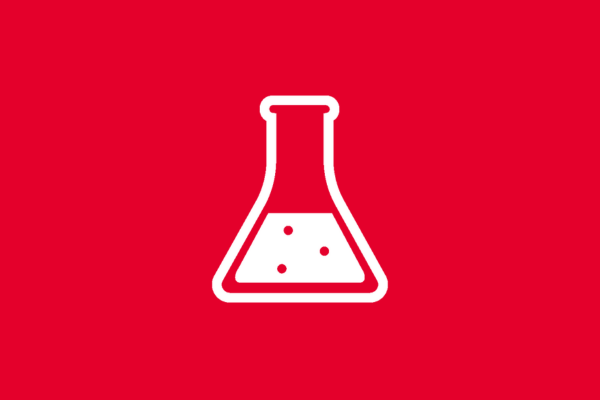1) After clarification of the reasons for necessity of professional presentation, student is acquainted with main communication channels and types of scientific communication. Attention is further focused on theses, types of scientific articles and their specifics.
2) General structure of professional text (presentation) is discussed - choice of title, order of authors, keywords, abstract and its forms, introduction, experimental methods, results, discussion, conclusion, references, acknowledgement – and attention is paid to differences in the structure in dependence on type of the text (presentation).
3) Major scientific publishers and various types of databases are listed. Services of the library at VŠB-TUO and access to them are presented. Students are acquainted with the open access approach.
4) Practical examples of work with WoS database are presented.
Search is demonstrated, basic bibliometric terms are presented, issues of author identification are discussed. The Hirsch index is explained.
5) Practical examples of work with Scopus database are presented.
Search is demonstrated and students receive tasks for individual work with the Wos and Scopus databases.
6) Results of individual work with WoS and Scopus databases are discussed. Students are acquainted with other databases (ScienceDirect, SpringerLink, etc.).
7) In a purely practical exercise, students perform literary research on given topic.
8) Practical examples of work with other types of databases (e.g. factographic databaces) are presented. Search is demonstrated.
9) Attention is paid to the issues of industrial property and patent search. Searches are demonstrated.
10) Students are acquainted with methodology of evaluation of scientific results in Czech Republic, with categories in the field of research, and with RIV and OBD databases.
11) Different citation styles and tools to create them are shown. Students are acquainted with publication ethics and plagiarism.
12) Students are acquainted with the issue of predatory journals, predatory publishers, and predatory conferences. False indicators are discussed in this context.
13) Individual work with databases according to a given task.
14) The test.
2) General structure of professional text (presentation) is discussed - choice of title, order of authors, keywords, abstract and its forms, introduction, experimental methods, results, discussion, conclusion, references, acknowledgement – and attention is paid to differences in the structure in dependence on type of the text (presentation).
3) Major scientific publishers and various types of databases are listed. Services of the library at VŠB-TUO and access to them are presented. Students are acquainted with the open access approach.
4) Practical examples of work with WoS database are presented.
Search is demonstrated, basic bibliometric terms are presented, issues of author identification are discussed. The Hirsch index is explained.
5) Practical examples of work with Scopus database are presented.
Search is demonstrated and students receive tasks for individual work with the Wos and Scopus databases.
6) Results of individual work with WoS and Scopus databases are discussed. Students are acquainted with other databases (ScienceDirect, SpringerLink, etc.).
7) In a purely practical exercise, students perform literary research on given topic.
8) Practical examples of work with other types of databases (e.g. factographic databaces) are presented. Search is demonstrated.
9) Attention is paid to the issues of industrial property and patent search. Searches are demonstrated.
10) Students are acquainted with methodology of evaluation of scientific results in Czech Republic, with categories in the field of research, and with RIV and OBD databases.
11) Different citation styles and tools to create them are shown. Students are acquainted with publication ethics and plagiarism.
12) Students are acquainted with the issue of predatory journals, predatory publishers, and predatory conferences. False indicators are discussed in this context.
13) Individual work with databases according to a given task.
14) The test.
